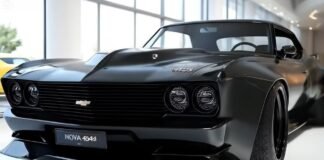The Rimac Nevera has already made waves in the hypercar world, but now it’s back with an even more powerful sibling—the Nevera R. This electric beast boasts an astonishing 2,078 brake horsepower, positioning it as one of the most formidable contenders on the track. Let’s dive into what makes the Nevera R a game-changer in the world of hypercars.
Power and Performance
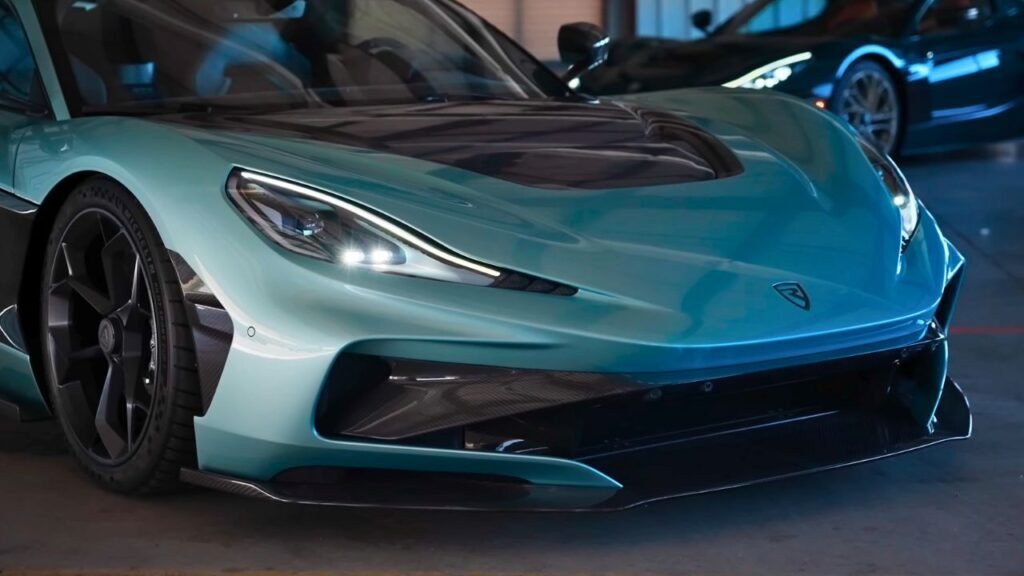
The Nevera R isn’t just an incremental improvement over its predecessor; it redefines what we expect from electric vehicles. With a staggering 2,078 brake horsepower, the Nevera R exceeds the performance of two Ferrari SF90 XX models combined.
In terms of acceleration, the numbers are nothing short of mind-blowing. The Nevera R achieves 0 to 62 mph in just 1.81 seconds. What sets it apart even further is its ability to reach 186 mph (300 kph) 0.6 seconds quicker than the standard model. It outpaces heavyweights like the Bugatti Chiron Super Sport by 3.5 seconds and the Koenigsegg Jesko by 1.5 seconds. Unlike many electric vehicles that lose momentum at higher speeds, the Nevera R maintains its performance, ensuring a thrilling driving experience.
Engineering Advancements
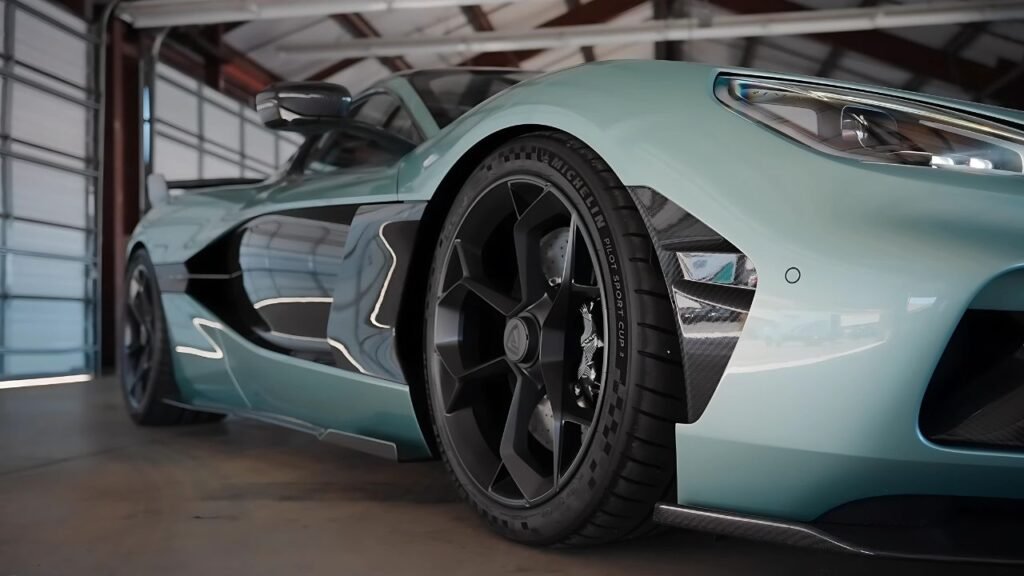
So, how did Rimac achieve these incredible performance metrics? The secret lies in its innovative engineering. The Nevera R features four new electric motors that utilize advanced torque vectoring technology. This allows the car to share and shuffle torque between all four wheels, optimizing traction and stability.
The battery has also seen significant upgrades, now boasting a capacity of 108 kWh with enhanced chemistry. This lighter, more efficient battery enables sustained high performance, allowing drivers to push the limits for longer periods on the track without overheating.
Visual Tweaks
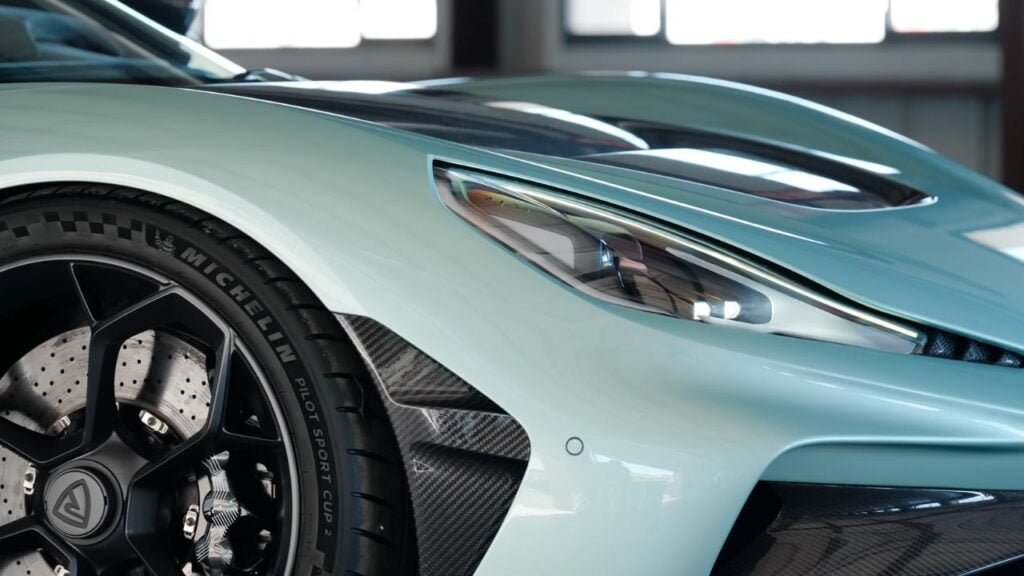
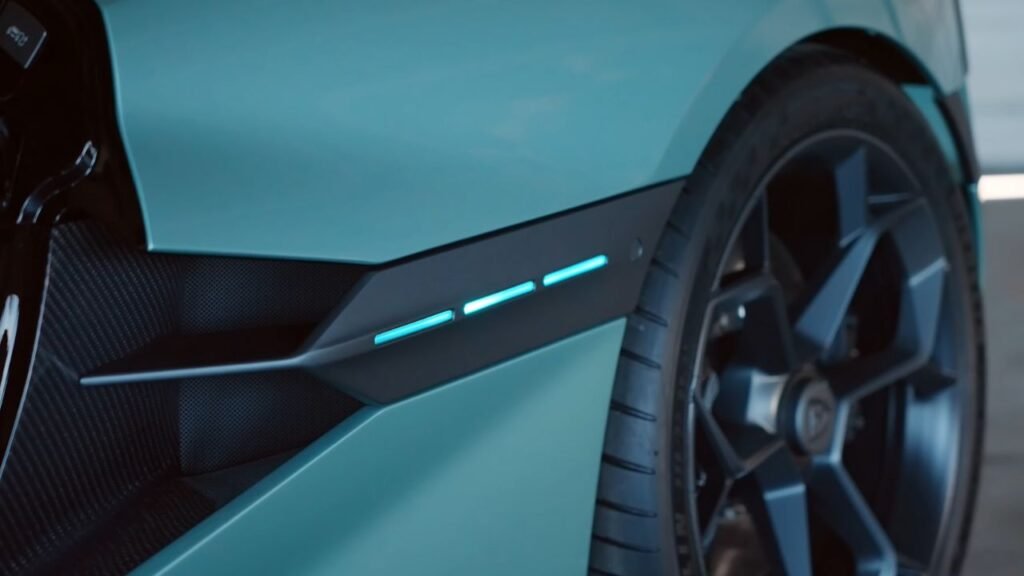
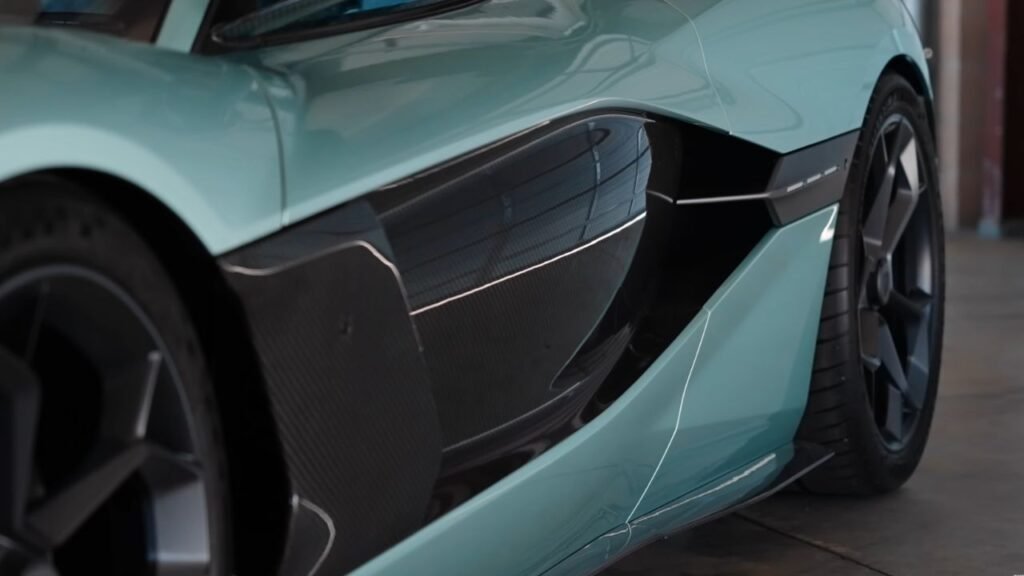
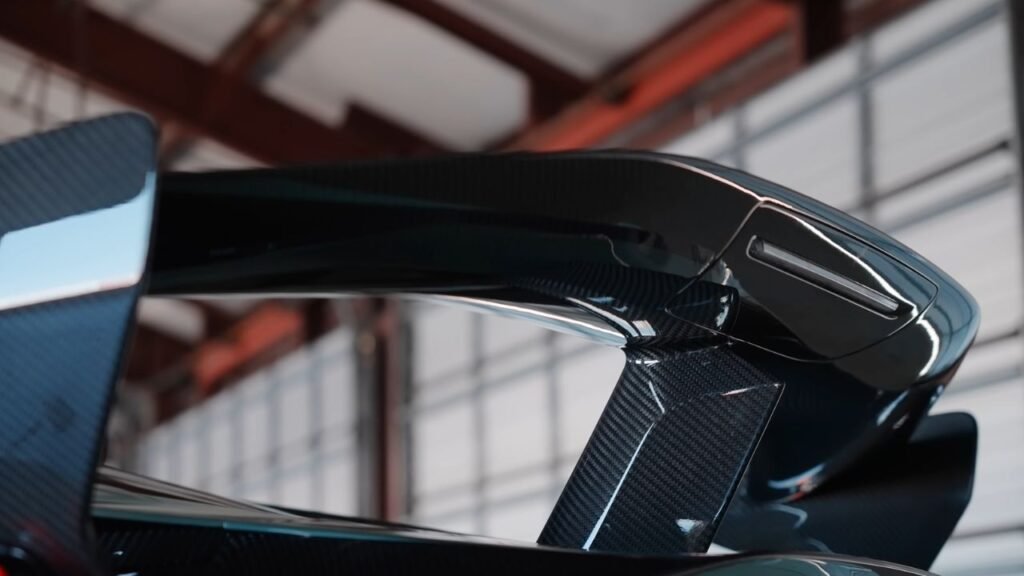
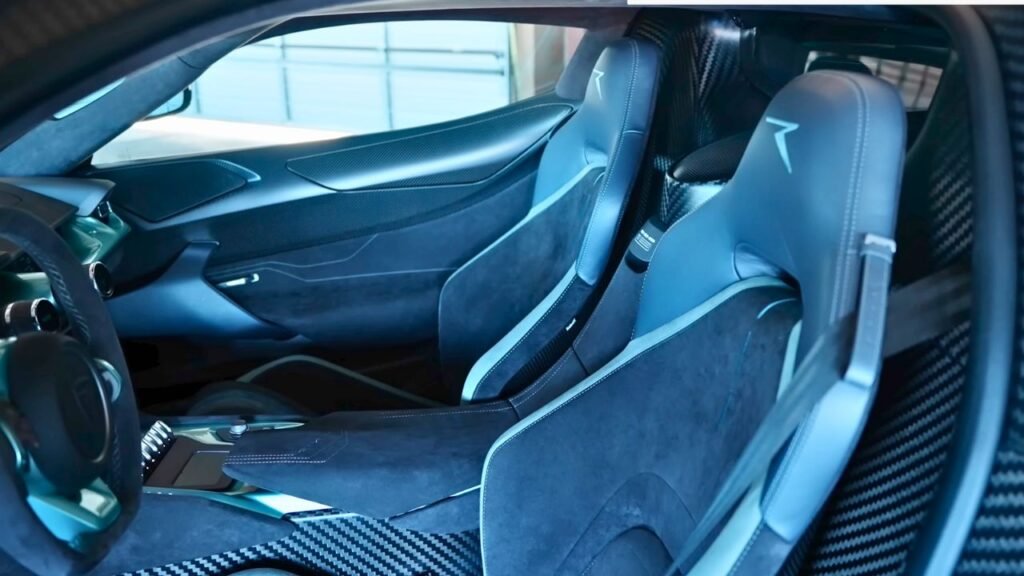
The aesthetics of the Nevera R are just as impressive as its performance. The old model’s nose cone has been replaced with an aggressive new design that features a new front splitter and enhanced airflow management. Additionally, the brakes have been upgraded with a new silicon layer on the ceramic discs, improving stopping performance.
The car also showcases an eye-catching carbon fiber section on the door and wider side skirts. At the rear, while the standard Nevera sports a modest wing, the R features a massive fully exposed carbon fiber triple-support wing reminiscent of the Aventador SVJ. These design changes yield 15% more downforce, 10% better aerodynamic efficiency, and 10% less understeer, saving an impressive 3.8 seconds on a lap at the Nardo test track.
Track Performance
Although Nardo is a private test track closed to the public, it invites speculation: How fast could the Nevera R go around renowned circuits like Silverstone, Laguna Seca, or the Nürburgring? Rimac’s focus on track-capability is evident, and car enthusiasts are eagerly awaiting official lap times at these legendary venues.
Interior Comfort

Inside, the Nevera R is anything but stripped down. The cabin features plush Alcantara trim instead of leather, creating a more racing-oriented aesthetic. The dashboard, adorned with exposed carbon, matches the car’s paintwork, and the comfortable seats are complemented by multiple screens and advanced features. This isn’t merely a soulless lap-time machine; the Nevera R also offers a drift mode, enabling drivers to unleash its full 2,078 brake horsepower for exhilarating sideways action.
Production and Market Impact
Only 40 units of the Nevera R will be produced, each priced just shy of two million dollars. This exclusivity, combined with its record-breaking capabilities, makes it a desirable collector’s item. However, even with its remarkable performance and cutting-edge technology, Mate Rimac himself has pointed out that EV hypercars aren’t selling as well as their gasoline counterparts, such as V12 or V16 models. This raises intriguing questions about consumer preferences in the high-performance car market and whether electric hypercars can capture the hearts of driving enthusiasts.
Final Thoughts
The Rimac Nevera R is not just another hypercar; it represents a bold leap into the future of high-performance vehicles. With its impressive specs, advanced engineering, and captivating design, it challenges the traditional notions of what a hypercar can be.
As we look ahead, one question remains: Will the Rimac Nevera R pave the way for the future of hypercars, or will traditional combustion engines continue to dominate the landscape?
